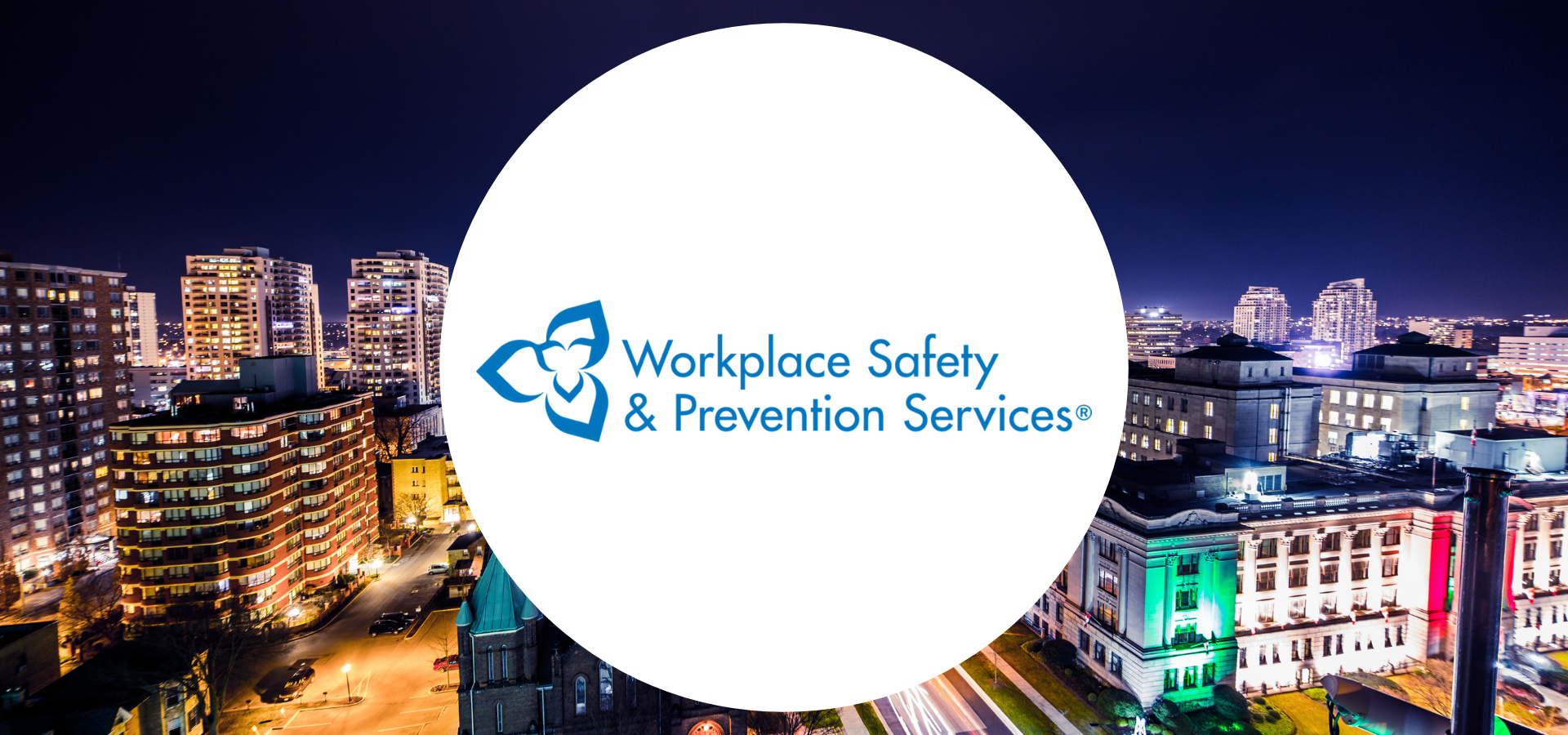Are flare-ups of COVID-19 across the country and elsewhere early warning signs of a second wave? Epidemiologists warn it may be inevitable, but the severity could depend on how ready we are.
“Now is the time for workplaces to take action,” says Stephen Shaw, Workplace Safety & Prevention Services’ Director of Integrated Operations. “The goal is to help you pivot quickly — keeping your employees healthy, and ensuring your workplace continues operating.”
Stephen offers 12 suggestions as a possible plan of action. You can expand on or customise them to reflect your workplace requirements.
- Review your response to COVID-19 so far. What worked well? What could you have done differently? For instance, could decision-making and implementation proceed more quickly? Are employees and customers following your COVID-19 precautions? If not, what’s stopping them?
- If you haven’t conducted a thorough COVID-19 hazard assessment, do it now. Are the new hazard control measures working? Could new measures implemented since the outbreak began have introduced new hazards?
- Integrate new COVID-19 policies and procedures into your established policies and procedures (e.g., first aid, travel, working from home, sick leave, housekeeping, etc.).
- Draw up contingency plans for a possible return to a lower stage of opening — even a full lockdown.
- Keep your emergency contact list up to date. Include alternative contact methods.
- Record contact information for all visitors for contact tracing purposes.
- Continue monitoring COVID-19 in your area so you know what stage your region is in and how the pandemic is trending. How would a change affect your customers and suppliers?
- Ensure you have enough PPE and other supplies on hand in the event of a second wave. Line up preferred suppliers now.
- Keep employees engaged in minimizing COVID-19 hazards. Rotating members on your COVID-19 recovery team, increasing the frequency of joint health and safety committee inspections, and creating an ideas incubator are just three possibilities.
- Up your efforts to minimize employee stress and anxiety. The risk of burnout and other mental health issues will only increase. What can you do to minimize this risk? For example, have you surveyed employees to assess anxiety levels and identify issues (e.g., “Have you had sufficient training to interact safely with customers and co-workers? Do you feel you have the right PPE? Do you have child care or elder care issues?”).
- Consider your options for continuing or restarting health and safety training, including orientation training if you are hiring new employees or bringing employees back after an extended period away from the workplace.
- Promote flu vaccinations to keep employees healthy and away from emergency departments. If a second wave coincides with flu season, more employees may be off work, and for longer periods.
This article was prepared by Workplace Safety & Prevention Services (WSPS), helping Ontario businesses improve health and safety for over 100 years. For more COVID-19 related information, visit our COVID-19 hub https://covid19.wsps.ca/ or contact WSPS at [email protected].


